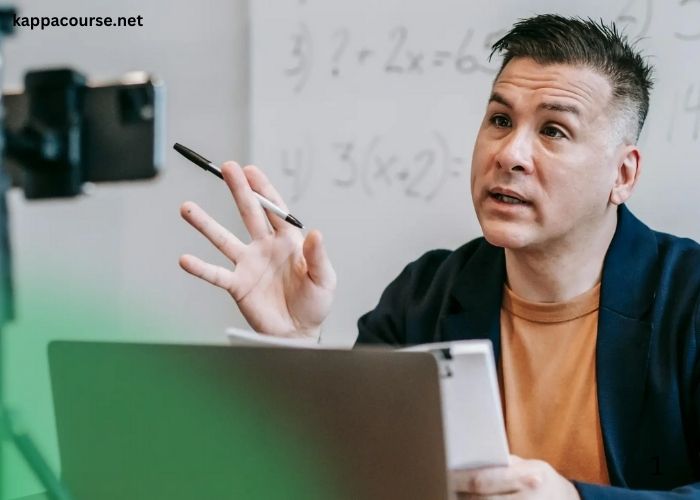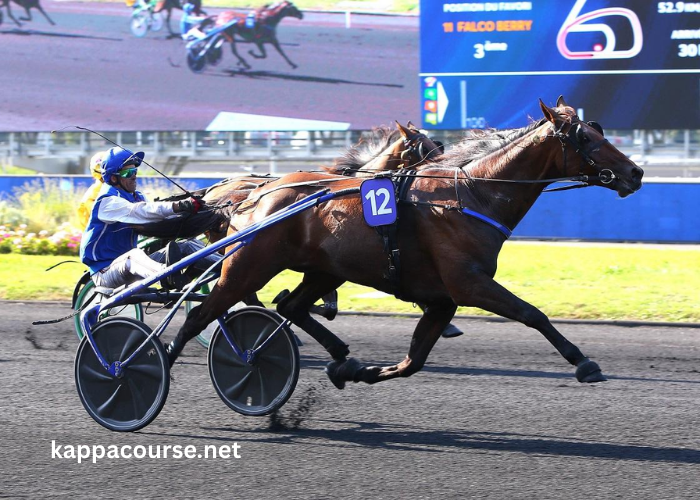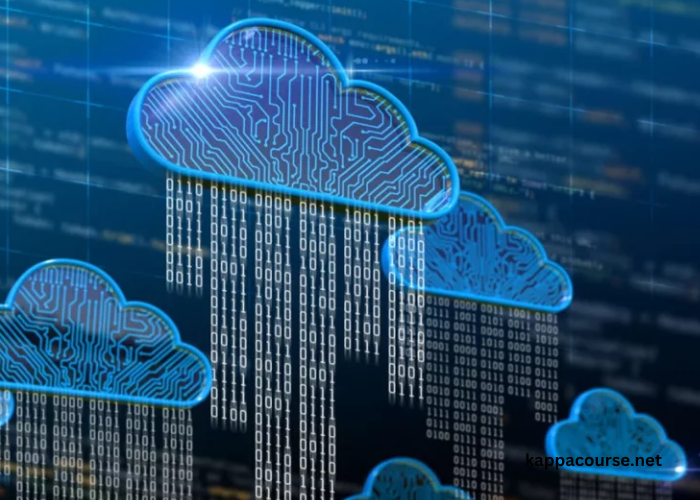Have you ever struggled to capture that perfect lecture recording? You’re not alone. Recording lectures has become an essential skill for students and educators alike. Whether you’re preserving content for later review or creating educational materials, the quality of your recordings directly impacts how useful they’ll be. Let’s explore some practical strategies to enhance your lecture recording experience.
Equipment Considerations
The foundation behind the ability to record your lecture begins with your tools. A decent microphone makes all the difference in audio clarity. USB microphones provide excellent quality without requiring a significant investment. Think about positioning as well. You’ll want to place your microphone closer to the speaker than to any potential sources of background noise.
When it comes to video, camera selection matters. Most modern laptops include acceptable built-in cameras for basic recording needs. If you’re looking to improve quality, external webcams offer sharper images and typically handle low-light conditions more effectively.
Don’t overlook your room setup. Try to record in spaces with minimal echo. Soft furnishings help absorb sound reflections. It’s also worth closing windows to prevent outside noise from interfering with your recording.
Pre-Recording Preparation
Taking the time to organize before you start recording pays dividends later. Create an outline covering your main points. This helps you maintain focus and reduces the need for extensive editing afterward.
Always test your equipment before important recording sessions. A quick sound and video check can save you from discovering problems after you’ve finished recording.
Make sure to charge all devices fully. Nothing disrupts a recording quite like a mid-lecture power failure. Keep power cords nearby as a precaution.
Have you cleared unnecessary applications from your computer? Doing so frees up processing power and helps prevent performance issues during recording.
Recording Techniques
Speaking slightly slower than your normal pace improves clarity and gives listeners time to process information. You’ll want to articulate carefully without sounding unnatural.
Remember to pause between important points. These brief moments of silence serve multiple purposes:
- They give listeners time to reflect
- They create natural editing points
- They help with pacing and rhythm
When possible, include visual aids. Slides, demonstrations, or written notes enhance understanding and maintain engagement throughout your recording.
What about lighting? Position yourself facing a light source rather than having it behind you. This prevents the shadowed face effect that appears in many recordings.
Post-Production Enhancements
Even the best recordings benefit from basic editing. You’ll find it helpful to trim unnecessary sections like extended pauses or off-topic discussions. Many free tools are available for this purpose.
For longer recordings, consider adding timestamps. These markers help viewers navigate directly to relevant sections without searching through the entire content.
Have you noticed inconsistent volume levels in your recordings? Normalizing audio ensures consistent volume from beginning to end, significantly improving the listening experience.
When you’re ready to share, export your final product in an appropriate format. MP4 files typically offer a good balance of quality and file size for most purposes.
Technical Troubleshooting
Do you encounter audio issues in your lecture recordings? If you experience echo, try recording in a smaller room with more sound-absorbing materials. When background noise becomes problematic, noise-cancellation software can help clean up the final product.
Video problems often relate to lighting or processing power. Closing unnecessary applications during recording typically improves performance.
As your recording library grows, storage concerns may emerge. External hard drives provide affordable expansion options, while cloud storage works well for accessibility across different devices.
Final Thoughts
Effective lecture recording combines technical know-how with good presentation skills. Why not start simple and improve your setup gradually as you identify specific needs? The ideal recording system balances quality with practical constraints like budget and time.
With practice, your recording process will become more streamlined. Investing time and attention pays dividends through better learning materials and more effective knowledge sharing.







